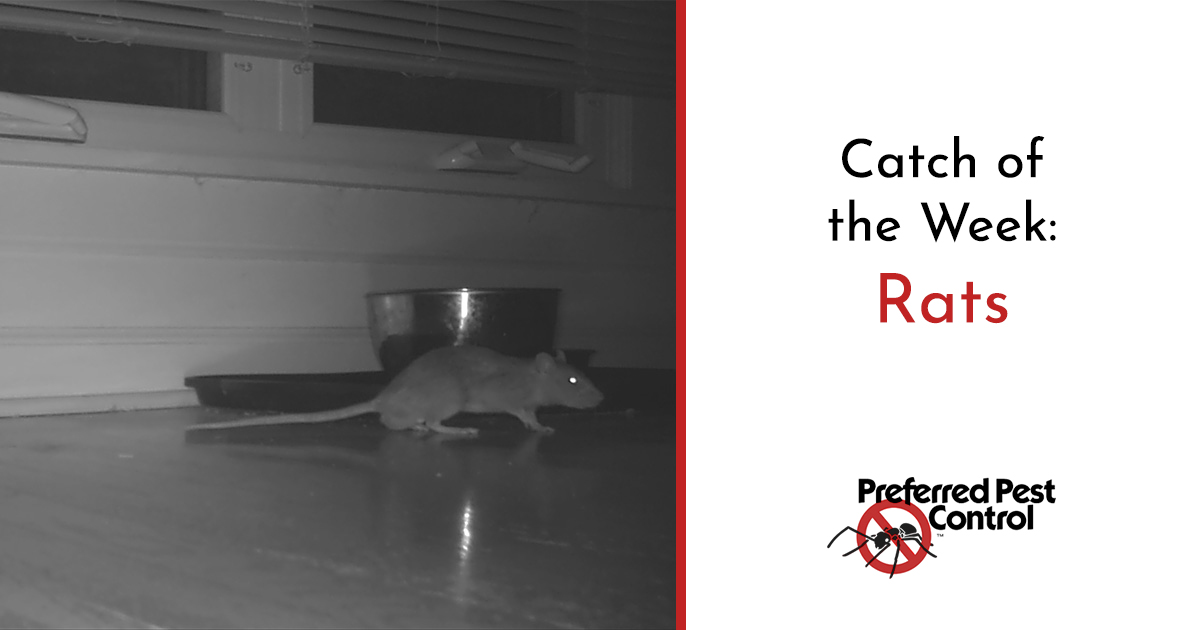
Catch of the Week: Burrowing Rats
January 7, 2019
Rat season is in full swing, and as winter temperatures settle in, rodents are getting more desperate to find shelter. The rat colony we found recently, was so determined to burrow indoors, they gnawed through concrete floors! Our rat exterminators found a total of 15 rats in the burrows that led to the Des Moines house.
Rat Burrowing Habits
It’s common for Norway rats to burrow into the ground for shelter and protection. A burrow consists of a main tunnel that leads to the nest, with additional paths and escape holes that lead to separate chambers or food sources. The entrance of a burrow is typically only about 2-4 inches in diameter, so it’s a great getaway strategy when a rat encounters a predator. These underground paths are also used to travel to essential food or water supplies while staying hidden underground.
Most burrows will house multiple rodents, and when colonies get large enough, they will form interconnected burrows. Having an underground tunnel network gives these critters space to coexist and venture to their necessary resources. However, when rats multiple too quickly and their burrows are cramped, males can get territorial over their space and will fight each other for dominance.
Where do you find rat burrows?
Homeowners can spot rodent burrow holes near the foundation of the house, in areas with overgrown vegetation or shrubbery and below sheltered spaces like garbage or wood piles. If you find a burrow or nest indoors, it will most likely be found in basements or at ground level. Although rats usually try to burrow underground, occasionally you will find nests in trees or attics.
Rodent control tip: If you’re trying to determine whether you have an active burrow or not, place newspaper strips or leaves down the entry hole a little bit. The entrance of active burrows is usually clear of debris with hard-packed dirt on the sides, so the paper would be displaced within a couple days.
More Rat Facts
- The powerful teeth of rats can pierce through wires, glass, lead and concrete, just like the rats our exterminators found
- Rats’ front teeth never stop growing, which is why they gnaw on hard surfaces
- Burrows dug by rats can be up to 18 inches deep
- Rats need to drink fluids every day, so their nesting locations are most likely located near a water source
- Since rats are suspicious of new surroundings and avoid unknown objects, they can be difficult to bait and trap
- Rats can be hazardous to your health and even be a fire hazard when they chew through electrical wiring
Des Moines Rat Removal
Get rid of rats with the help or our rat exterminators! Think you might have rodents inside or near your home or business? Contact our rodent control company today. Schedule an appointment online or call Preferred Pest at (515) 415-5550.
Related Articles You Might Like: